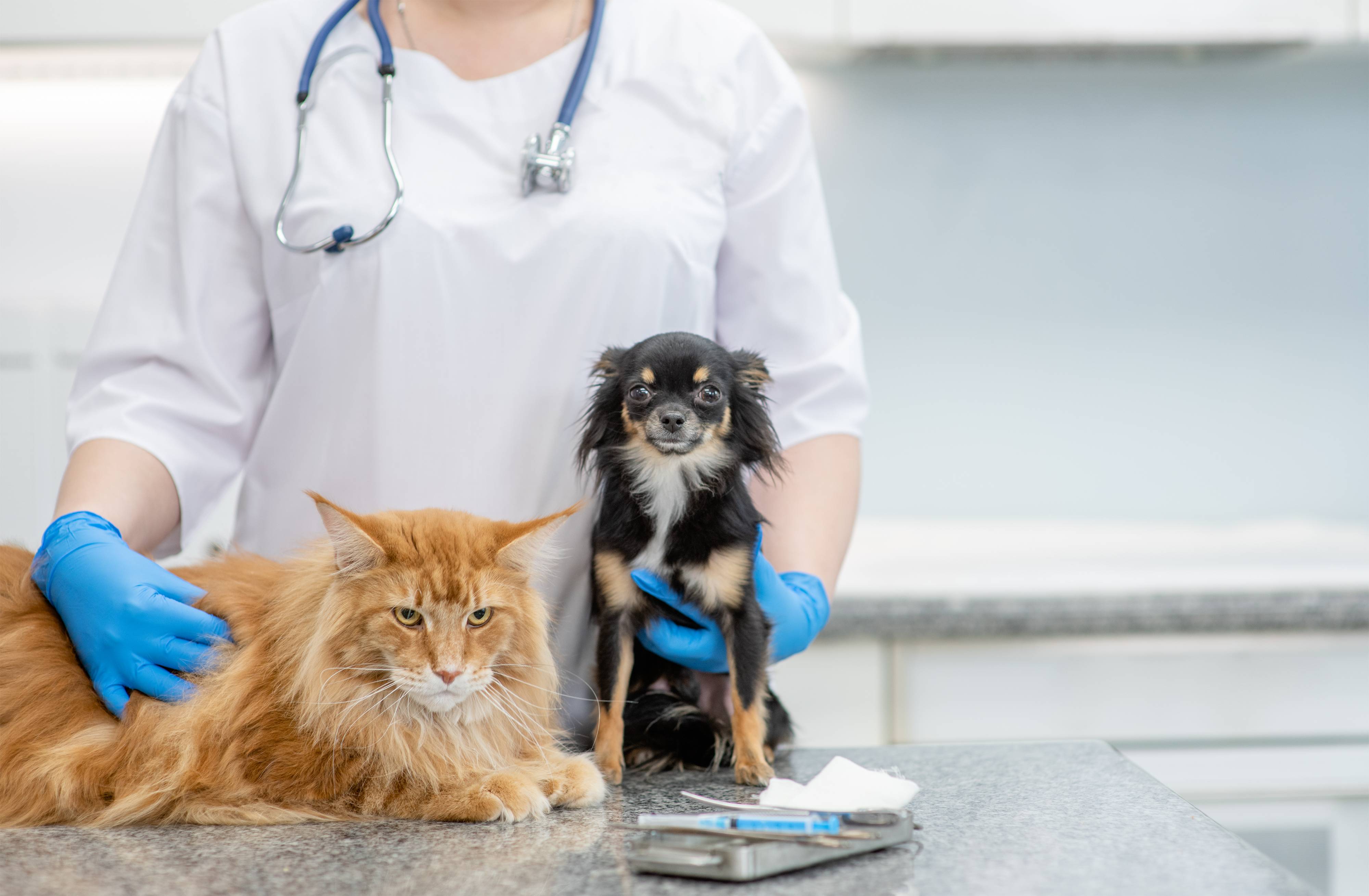
Your animal companion’s oral cavity is a common place for cystic structures and benign or malignant masses to grow. The key to treating these lumps is early detection and intervention. The best therapy for oral tumors in pets is an aggressive surgical incision. Here’s what you can expect from the operation.
Diagnosis
Your pet’s veterinarian will conduct several tests to determine precisely the kind of tumor your four-legged best friend has. Oral melanoma is the most prevalent oral tumor in dogs. They are uniformly malignant, locally invasive, and can spread at a moderate rate. On the other hand, squamous cell carcinoma is widespread in cats. The tumors are often found under their tongue, although they could arise in any oral cavity surface. While spreading is uncommon, they are considered locally invasive.
Some of the diagnostic tests involved are oral radiographs and the use of fine-needle aspirates. More aggressive screening methods include sedation and biopsy. Advanced imaging techniques like computer tomography (CT) scan and magnetic resonance imaging (MRI) are also typical for more accurate diagnosis.
Treatment
All forms of oral tumors are treated with complete surgical resection. It’s the best treatment option for oral tumors in pets that have been diagnosed early. Surgery offers the most excellent opportunity to get rid of the mass.
Your veterinary dentist, surgeon, or oncologist may also recommend additional modalities for optimal prognosis. These include chemotherapy, radiation therapy, and immunotherapy, among others.
Accurate diagnosis is crucial in deciding on the best treatment program for your pet. The treatment plan will depend on the type, size, and location of the tumor. Your veterinarian will inform you if the surgery requires a referral from a veterinary dentist, surgeon, or oncologist.
Efficacy of the Surgery
Several factors can influence the success of surgical tumor removal in pets. These include the type of tumor, how early it was detected, and how accessible the mass was. The surgical technique that was used and how much tissue was removed from around the tumor also matter.
If your cat or dog only has small benign growths, the surgery will be curative. Your vet will likely send the lump away for analysis. This is not only vital in determining the type of tumor found. But it will also confirm whether or not they successfully obtained clean margins. This means that the surgeon removed enough tissue to reasonably assume that the mass has been completely eradicated from that area.
If your pet has large malignant growths, the operation may not necessarily be curative. Instead, the surgery may only debulk the tumor and buy your pet some extra time. The outlook may be promising for many patients, mainly if there was prior screening ahead of surgery. But it’s worth noting that incomplete removal of an invasive tumor may mean that there’s a risk of it recurring.
Does your pet drool, suffer from bad breath, and have visible mass in their oral cavity? Perhaps your cat or dog paws at their mouth or suddenly stops eating. If you suspect that your pet may have oral malignancies, you need to visit your veterinarian immediately.
Learn more about signs of oral tumors in pets, contact Van Lue Veterinary Surgical today in Oviedo, Florida at (321) 348-6300 to book an appointment.







